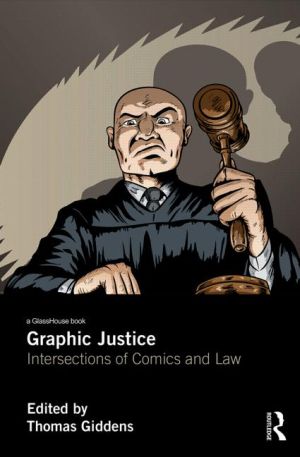
Establishing the medium of graphic fiction as a critical resource for interdisciplinary legal studies, this collection is the first to address the intersection of comics and law. Graphic fiction has gained enormous cultural capital and academic interest over recent years.
Comics-inspired films fill our cinemas and superhero merchandise fills the shelves of supermarkets. In short, our culture is suffused with a comic-book aesthetic: as, for example, the ‘Occupy’ movement appropriates the mask of ‘V’, from the comic work V for Vendetta; and, tragically, as James Holmes’s murderous rampage through a Colorado movie theatre, seemingly sees him styling himself after Batman’s arch-nemesis, the Joker.
From mass entertainment and consumerism to political activism and violence, we are surrounded by emanations of graphic storytelling. Meanwhile, the rise of academic disciplines such as comics studies demonstrates that the medium contains much more depth than the common assumption of its simplicity and juvenility might suggest.
Against this background, comics offer an important resource for making sense of the contemporary place and role of law. Whether in their representations of lawyers and the legal system, their dystopian imaginations, their treatment of issues of justice and social order, or in their superheroic investment in the protection of the innocent and the punishment or capture of those who would harm them, like other narrative forms – literature, film, theatre – graphic fiction explores and expresses human life in all its social, moral and legal complexity.
In the context of a now well established interest in cultural legal studies, this book showcases the critical potential of comics and graphic fiction as a resource for interdisciplinary legal studies and legal theory.